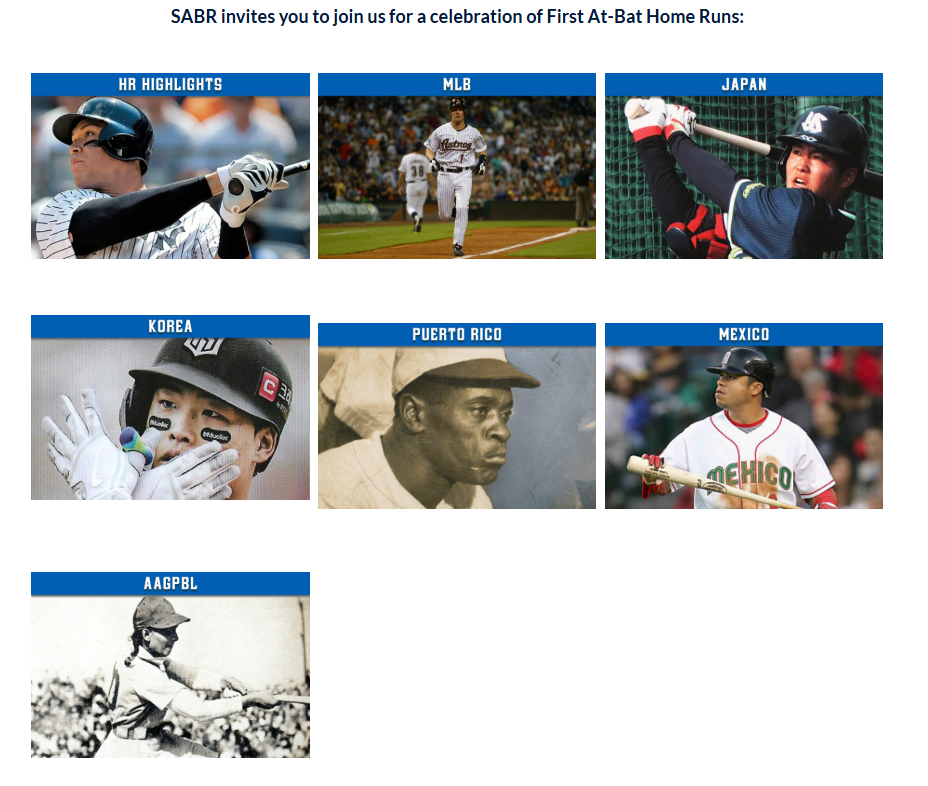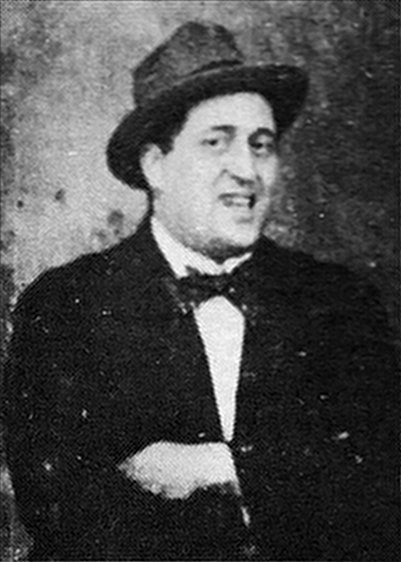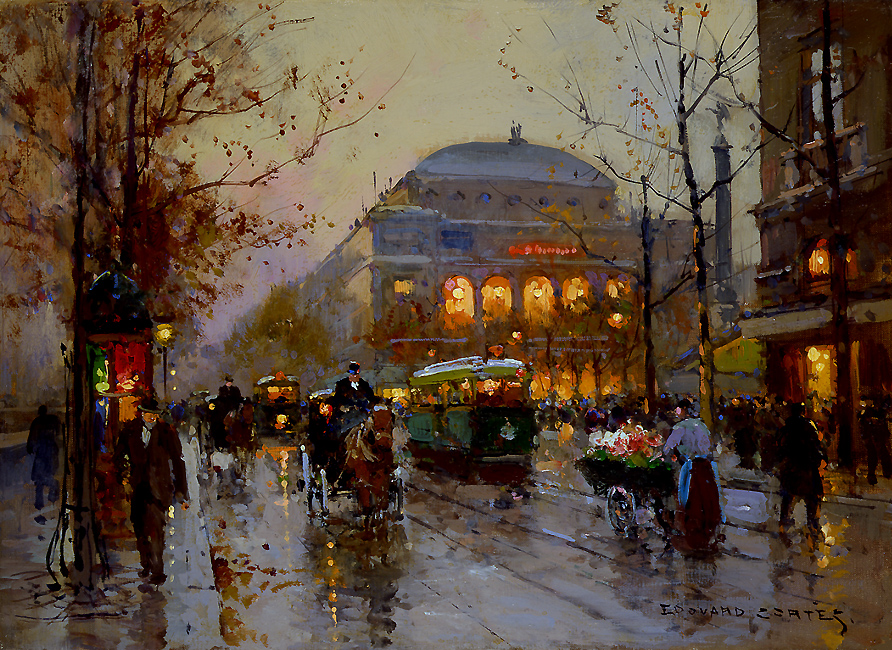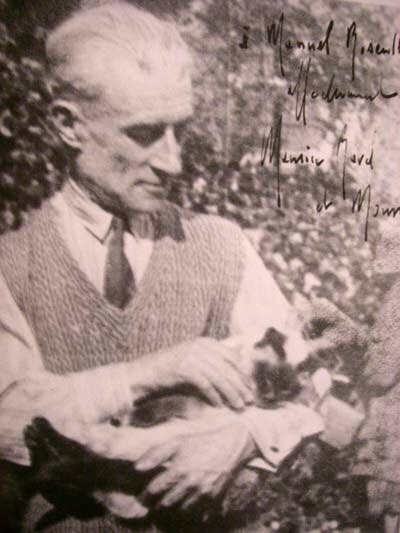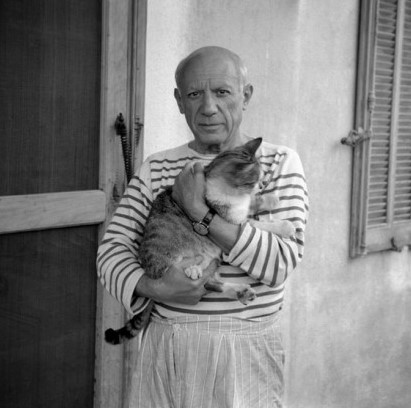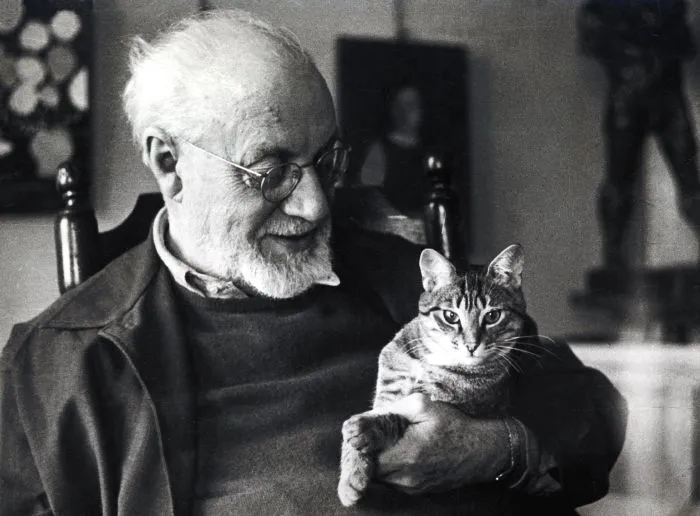The premiere of Maurice Ravel’s ballet, Daphnis et Chloe, takes place in Finding Sylvie. But this blog isn’t about Ravel’s sweeping masterpiece. Instead, this post is about Maurice Ravel’s fascination with cats. A family of Siamese cats shared his home outside of Paris. He also gave shelter to street cats who needed a warm place to stay.
The cats roamed freely around the house, even over the composer’s piano and worktable. A friend once said that Ravel “not only understood cats — he could speak their language.”
Ravel wrote about his cats in his letters to friends, and he took inspiration from them for his music. Take a listen to the meow duet, “Duo miaulé”, from Ravel’s opera, L’Enfant et les sortilège (The Child and the Spells). Sounds like he knew his cats.
___________________________________________________
Ravel isn’t the only cat aficionado in Finding Sylvie. The painters Pablo Picasso and Henri Matisse also appreciated their felines friends. In Finding Sylvie, violinist and detective Sylvie Lewis meets both artists at the home of their mutual friend, Gertrude Stein.
Picasso was often photographed with his cats, and he included them in his drawings and paintings, from early works in the 1900s to his late paintings in the 1960s.
“I want to create a cat like the real cats I see crossing the streets, not like those you see in houses. They have nothing in common. The cat of the streets has bristling fur. It runs like a fiend, and if it looks at you, you think it is going to jump in your face.” – Pablo Picasso
Henri Matisse, Picasso’s long-time friend and artistic rival, had three cats, who were his constant companions when his health began to fail later in life: Minouche (“Wink”), Coussi (“Cushion”), and La Puce (“Half-pint.”) Matisse created the paper cut-out “Le Chat Bleu” (“The Blue Cat”) when he was no longer able to paint.
There’s another cat lover in Finding Sylvie, although we don’t meet him in person. The composer Claude Debussy was known to prefer cats to people, and his “cats were always grey Angora and always were called the same name, which they inherited from each other.”
For dog fans, stay tuned. Finding Sylvie also has famous dogs and dog owners (hint: “Basket.”)
